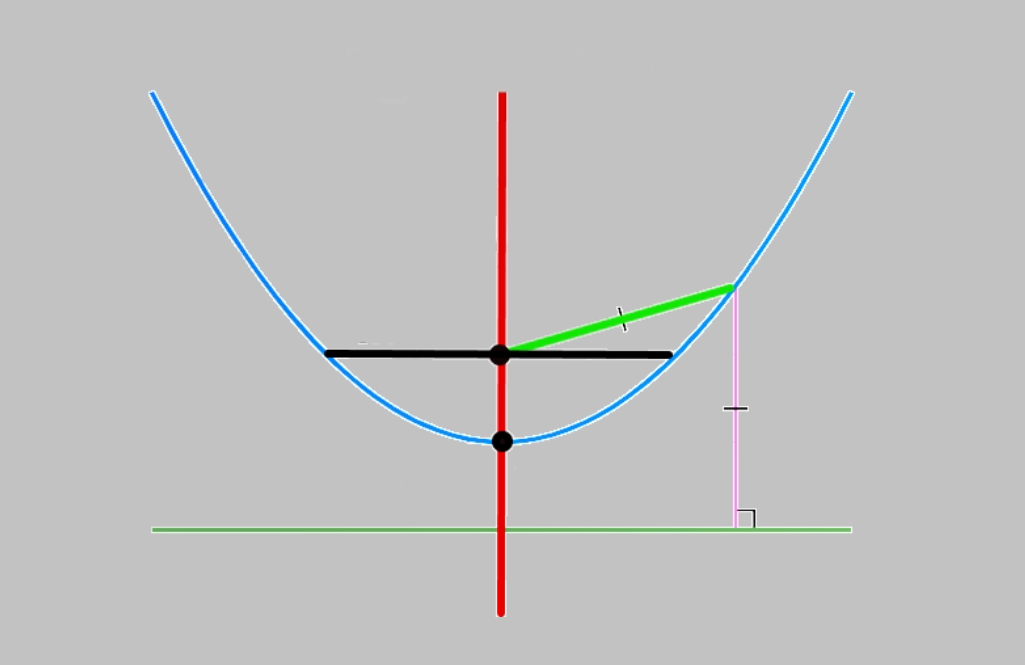
Parabolic Stocks: Patterns, Risks, and Opportunities
The stock market often presents phenomena that catch even seasoned investors by surprise, and one such phenomenon is the parabolic stocks. These stocks show a rapid price rise over a short period, creating a curve on the chart that resembles a parabola. Understanding this trend is essential for traders and investors alike, as it opens up opportunities for profit, but not without inherent risks.
Key takeaways
- Parabolic stocks are characterized by a rapid and steep rise in prices, forming a parabolic curve on stock charts.
- They are most common in small-cap companies, penny stocks, and various financial assets.
- Stocks that go parabolic experience a skyrocketing of prices, often driven by market speculation and momentum, leading to a potential sharp correction or crash.
- Parabolic moves can be triggered by factors like influential social media platforms, mergers and acquisitions, Federal Reserve decisions.
- Deciding to buy or short parabolic stocks involves assessing the risk of rapid price changes.
- Analyzing parabolic stock charts involves looking for patterns like bullish flags or pennants and using technical analysis tools such as moving averages and trailing stops.
What Are Parabolic Stocks?

Parabolic move in price action refers to a situation where a stock’s price experiences a rapid increase in a short amount of time, such as gaining more than 10% in a single day. This kind of stock typically presents itself as a significant and abrupt spike on your chart, often resembling a big fat middle finger! Such movements are quite the anomaly and catch the attention of traders due to their unusual nature.
Parabolic stocks are characterized by an exceptionally steep rise in prices, typically driven by strong investor enthusiasm. They are often found in small-cap companies, penny stocks, and even in major financial assets like commodities and cryptocurrencies. The term “parabolic” is derived from the parabolic curve these stocks form on a chart, indicating a sharp, almost vertical climb.
What Happens When Stocks Go Parabolic?
When a stock goes parabolic, its price skyrockets far beyond its intrinsic value, often fueled by speculative trading and momentum. This phase can be short-lived, leading to a sharp correction or crash, known as a “parabolic move.” Traders need to be cautious as these stocks can reverse direction just as quickly as they ascended.
Causes of Parabolic Price Moves
Several factors can trigger a parabolic move in stocks:
- Social Media: Platforms like Wall Street Bets can significantly influence stock prices, as seen with AMC Entertainment and GameStop.
- M&A Deals: Announcements of mergers and acquisitions can lead to sudden spikes in stock prices.
- Fed Decisions: Changes in interest rates or other Federal Reserve policies can impact stock prices.
- Major News: Corporate finance news or major global events can lead to rapid price movements.
- Sector/Industry Trends: Developments within specific sectors or industries, such as technology or renewable energy, can drive stocks to go parabolic.
- Psychology: Factors like fear and greed among investors can heavily influence stock price movements.
Fed Decisions

Once the Federal Reserve changes policy a stock price can rocket suddenly. For instance, we could see a severe increase in certain companies’ shares, if the Federal Reserve turns dovish. In general, growth companies are prone to outperform if interest rates keep low and stocks’ value decrease.
M&A deal
You can spot parabolic moves in stock price after a company merger deal. Or even once it was announced. For instance, if a stock is trading at $30, we could see a parabolic move in price if a bigger company announces acquisition for $35. Parabolic moves can also happen for related businesses.
Major News
Major news can affect stock prices and provoke parabolic stock move. For instance, let’s say a car company announces a new model in their offer. And according to experts and analysts that could make companies’ stocks jump. Or let’s say, a smartphone producer announces new upgrades, services and features. That could considerably entail an increase in stock price.
Industry trend
One of the most important causes for stocks’ parabolic move could be shifts in industry trends. If there is hype or important nes in an industry or sector, this can affect prices. During 2023 Nvidia’s prices soared due to the artificial intelligence hype. Alos, in 2021 Tesla shares soared as well as many other EV companies. What’s interesting, Rivian shares increased to over $100 billion, making it bigger than other companies even though they did not have any sales.
There was another instance when stocks in a particular sector experienced an exponential rise, which occurred during the dot com bubble. During this time, every company with a dot com suffix witnessed a surge in value as investors eagerly invested in what they believed to be the next major trend. As an illustration, Cisco emerged as the largest company globally during this period.
What these periods all have in common is that they inevitably conclude in a similar manner. To illustrate, the dot com bubble came to an end with numerous companies collapsing into bankruptcy. Likewise, several smaller electric vehicle (EV) companies that experienced a significant surge in 2021 also faced the same fate of bankruptcy.
Fear and greed

The investment psychology, notably fear and greed factor, are affecting investors decisions and can make prices drastically go up and down. Actually, emotions are important drivers of market trends. Day traders and investors try to avoid the FOMO effect. But most of them buy promising stocks in hope not to miss out on the next big things. The illustration for this could be the parabolic stock rise of meme stocks in 2021 and very quick decline, from $120 to meager $20.
How to Trade Parabolic Stocks
Trading parabolic stocks requires a well-thought-out strategy:
- Understand the Risks: Be aware of the high volatility and the potential for rapid price reversals.
- Use Stop Loss Orders: Implementing stop loss orders can help manage the risk of sudden downturns.
- Position Sizing: Invest only a small portion of your portfolio to minimize potential losses.
- Monitor Market Indicators: Keep an eye on trading indicators and news that might affect the stock’s movement.
- Have a Plan: Whether you’re on the buying or selling side of a parabolic stock, have a clear exit strategy.
How to Spot Parabolic Stocks
Identifying parabolic stocks involves monitoring the stock market trends and keeping an eye on trading watchlists and platforms like Investing.com. Stocks like Annovis Bio have shown how news or industry developments can lead to sudden spikes in prices.
Should You Buy or Short a Parabolic Stock?
Deciding whether to buy or short a parabolic stock is tricky. On the one hand, buying might seem attractive due to the bullish trend, but there’s always the risk of a sharp decline. On the other hand, shorting parabolic stocks could lead to significant losses if the stock continues to rise. Hence, careful analysis and risk management are crucial.
Trading parabolic stocks can be a highly profitable strategy. However, it can also present its risks. One thing is common: you will mostly miss the first parabolic move because they happen so fast. However, you can make money going forward!
Conclusion
In conclusion, parabolic stocks represent a unique aspect of the stock market, offering high reward opportunities but also bearing significant risks. Traders who wish to engage in trading these stocks should do so with a solid understanding of market trends, technical analysis, and effective risk management and trading strategies. By being well-informed and cautious, traders can navigate these volatile waters and potentially reap substantial rewards.
The post Parabolic Stocks: Patterns, Risks, and Opportunities appeared first on FinanceBrokerage.
